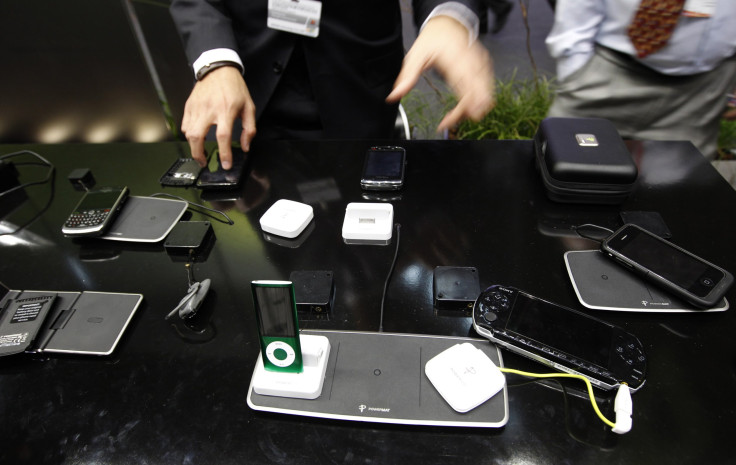UBeam Wireless Power Technology Aims To Silence Critics With Science

It's one of the hottest tech startups in Silicon Valley, but despite attracting investment from some big names, the company that says it has found the Holy Grail for providing wireless power to all your devices at once is facing major skepticism over the viability and safety of its product.
In response, uBeam, which unveiled its technology to the public a little over a year ago, is revealing more details about the product it claims will “revolutionize the electronics industry.” In an updated blog post, CEO and co-founder Meredith Perry aims to assuage some of the concerns.
According to Perry, the company's proprietary ultrasound transmitter will only work within a range of 4 meters, by sending focused beams of energy to devices using the charging cases it will sell at launch.
This is much better than current inductive wireless charging solutions, but it is also a lot less than many had predicted, especially given uBeam’s assertion that it could solve the problem of “being able to go to an airport or a conference and not have to be tethered to the wall when your phone dies.“
Another issue is that uBeam’s ultrasonic technology cannot work through walls or clothing, needing a line of sight to send power to the target device. In terms of the power it could provide, it may be as little as 1.5 watts -- enough to keep a phone from losing battery life but not enough to power it. However, Perry adds that depending on distance from the transmitter and number of devices being charged simultaneously, uBeam could potentially provide battery power faster than a wired connection.
Speaking to TechCrunch, Perry said: “People are saying that investing [$23.4 million] into uBeam is everything [that's] wrong with Silicon Valley. But everything else out there is apps and social photo sharing stuff. We’re building something real. We’re building something that’s insanely difficult -- so difficult [that] people think we’re frauds.”
With some big names backing the technology -- including Andreessen Horowitz, Upfront Ventures, Peter Thiel’s Founder’s Fund, billionaire Mark Cuban, and Yahoo CEO Marissa Mayer -- uBeam needed to address the concerns in order to prevent bad PR from overwhelming the potential huge advance in battery technology.
One of the biggest concerns about this technology is the impact of ultrasound waves on health. Perry and her company compare this to the hysteria surrounding telephones in the late 19th century “causing diseases” and in the 1970s, about microwaves leaking radiation.
Laws Of Physics
To address this, Perry has revealed more information about the frequency and decibel levels at which uBeam will operate, adding that “the air-coupled ultrasound method used by uBeam cannot, even if focused directly on a person for a continuous period, cause any noticeable heating. It would simply be defying the basic laws of physics to do so.”

The proprietary “high-powered air-coupled ultrasonic transducer” uBeam has developed to send out the ultrasonic power “includes thousands of individually addressable and controllable elements, its beam forming algorithms that can shape and steer multiple beams to multiple moving devices, and the receiver that can harvest acoustic power from these beams coming in from multiple angles.”
Because of this, uBeam says it is the only wireless power technology that can be used in an aircraft, car or hospital because it does not interfere with any existing communication systems or electronics.
uBeam has yet to announce a launch date or pricing for its products but says it will be showing off the technology to the public in 2016. It says it will sell transducers and cases to the public from the start but will also be working with partners to provide uBeam power in public places like restaurants, hotels and cafes.
© Copyright IBTimes 2025. All rights reserved.




















